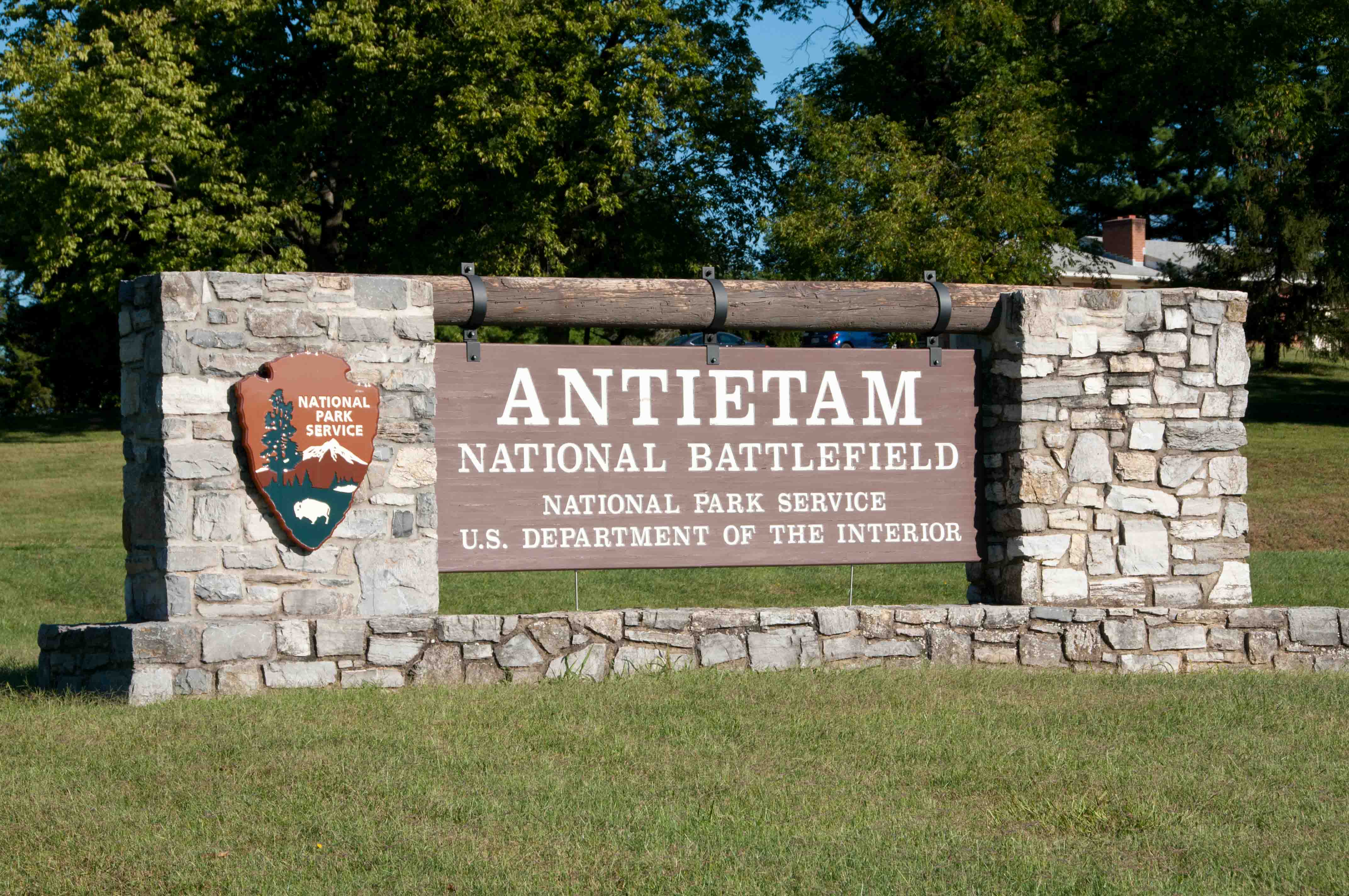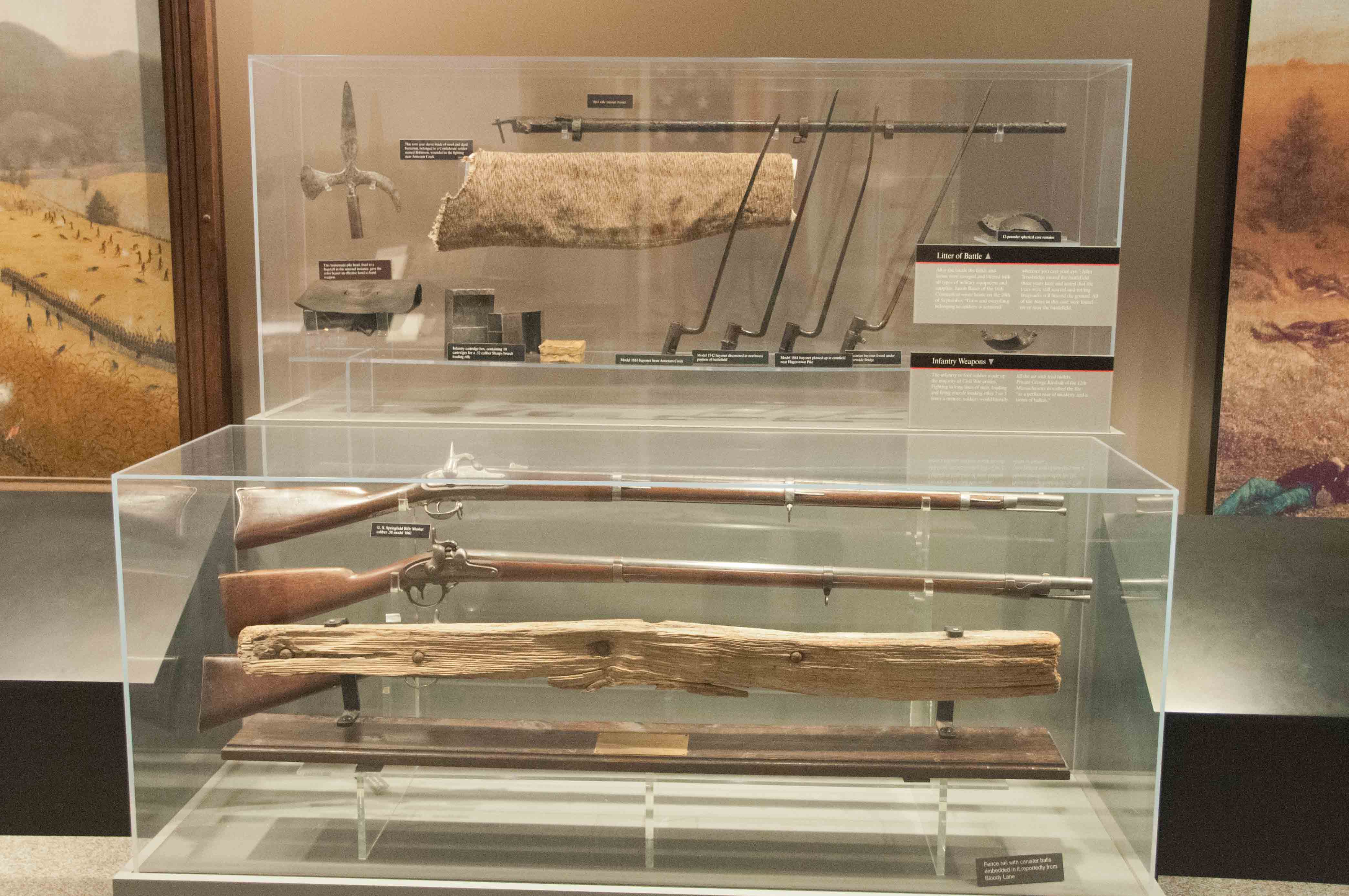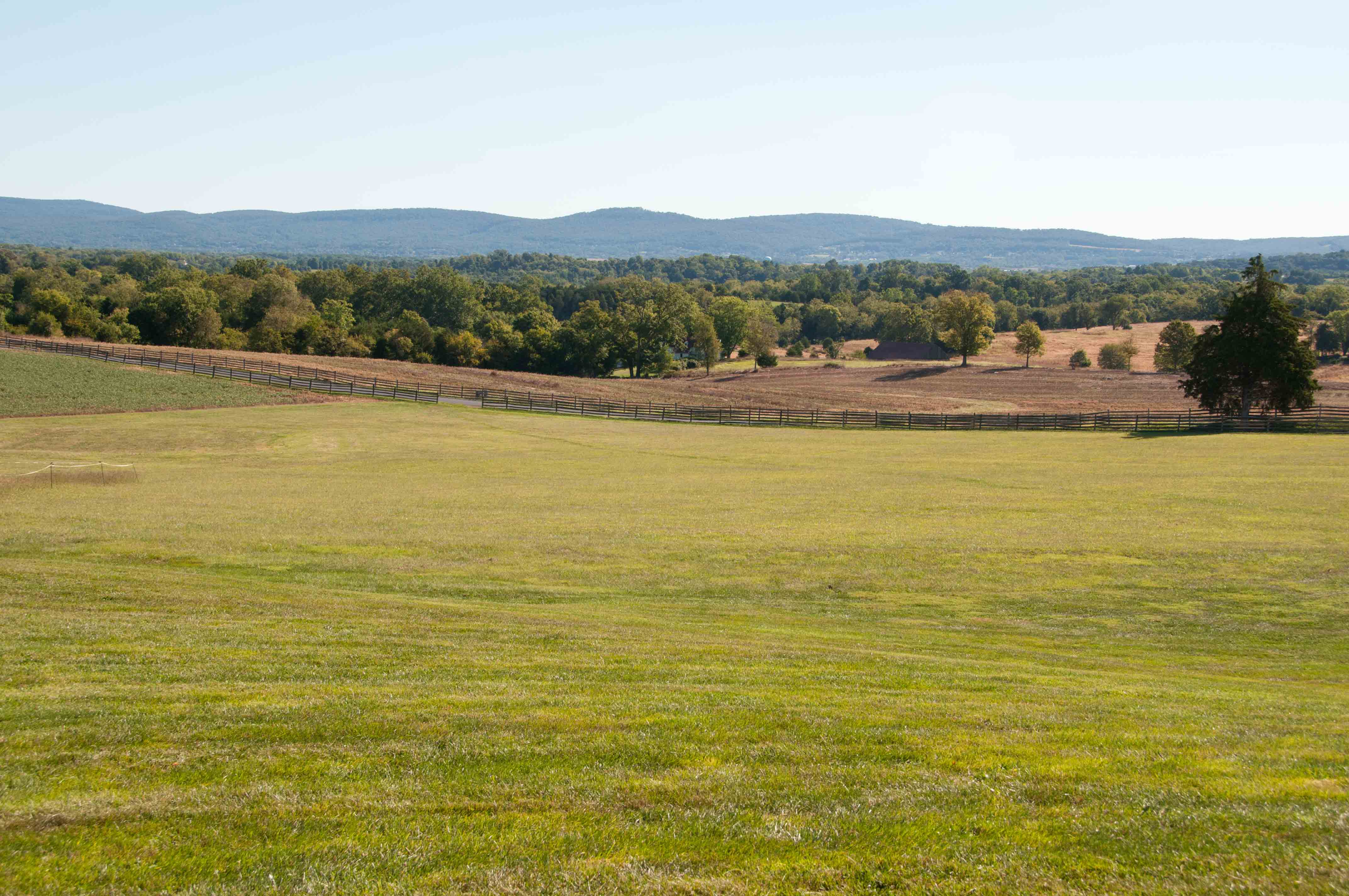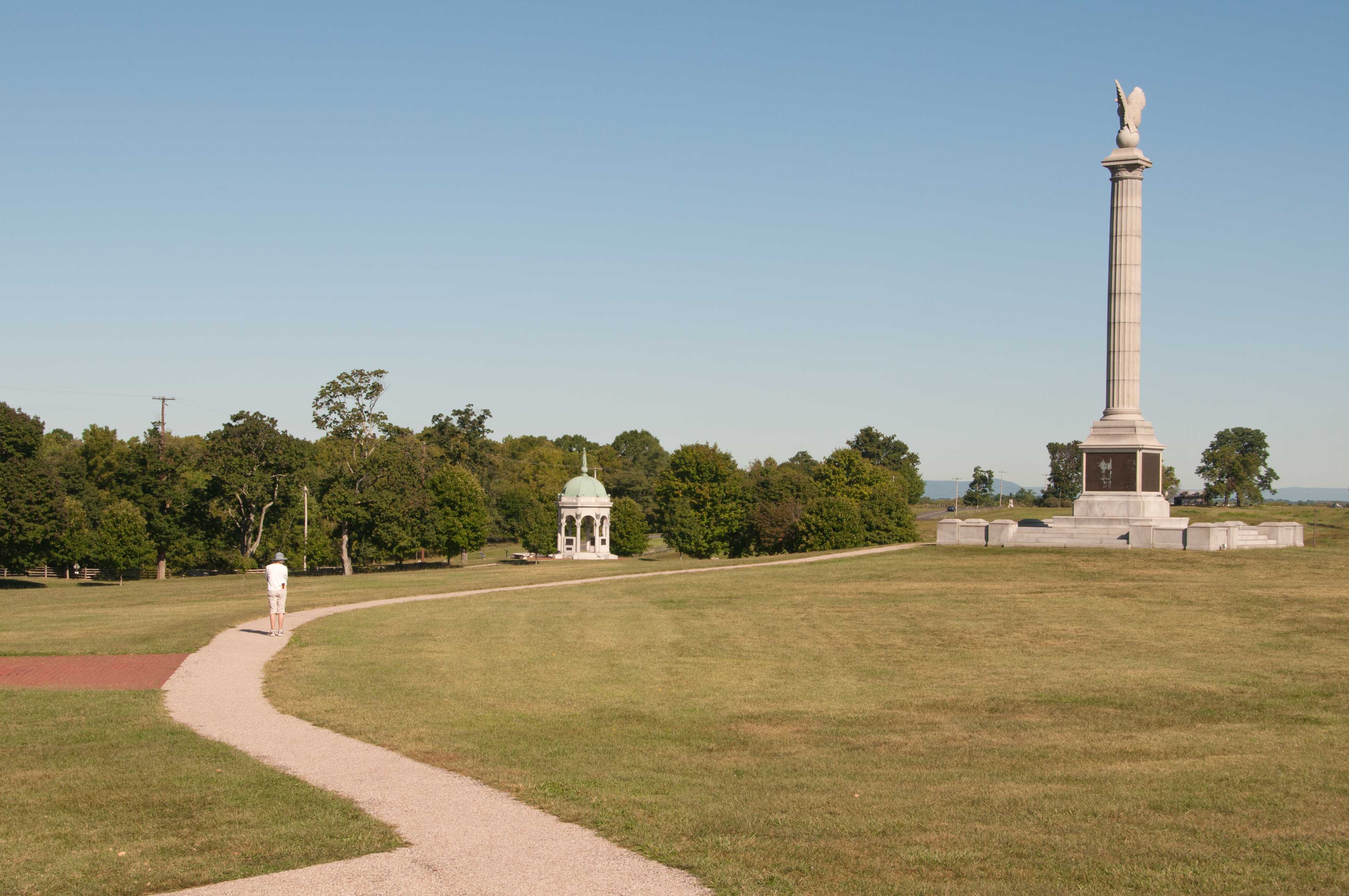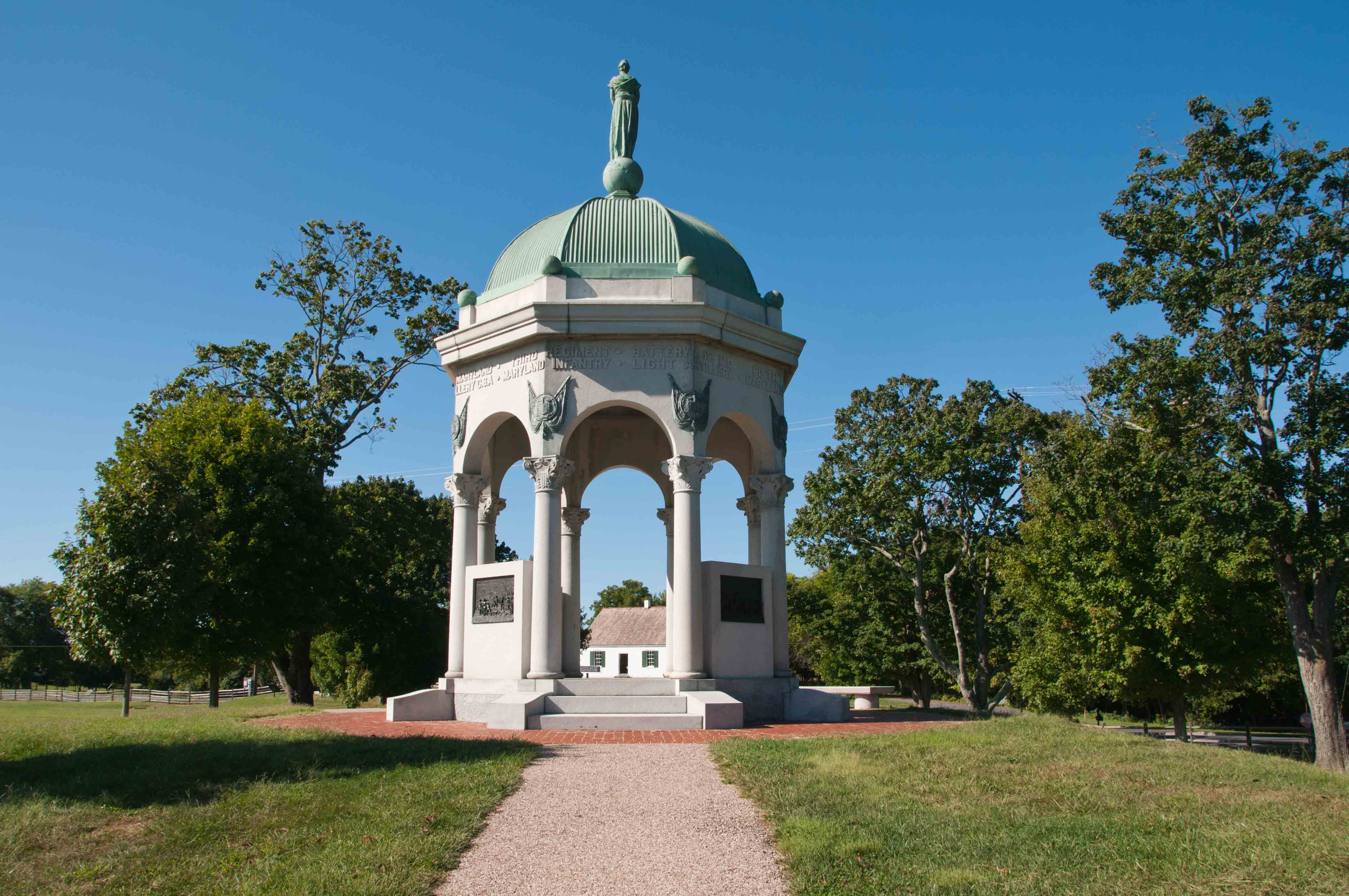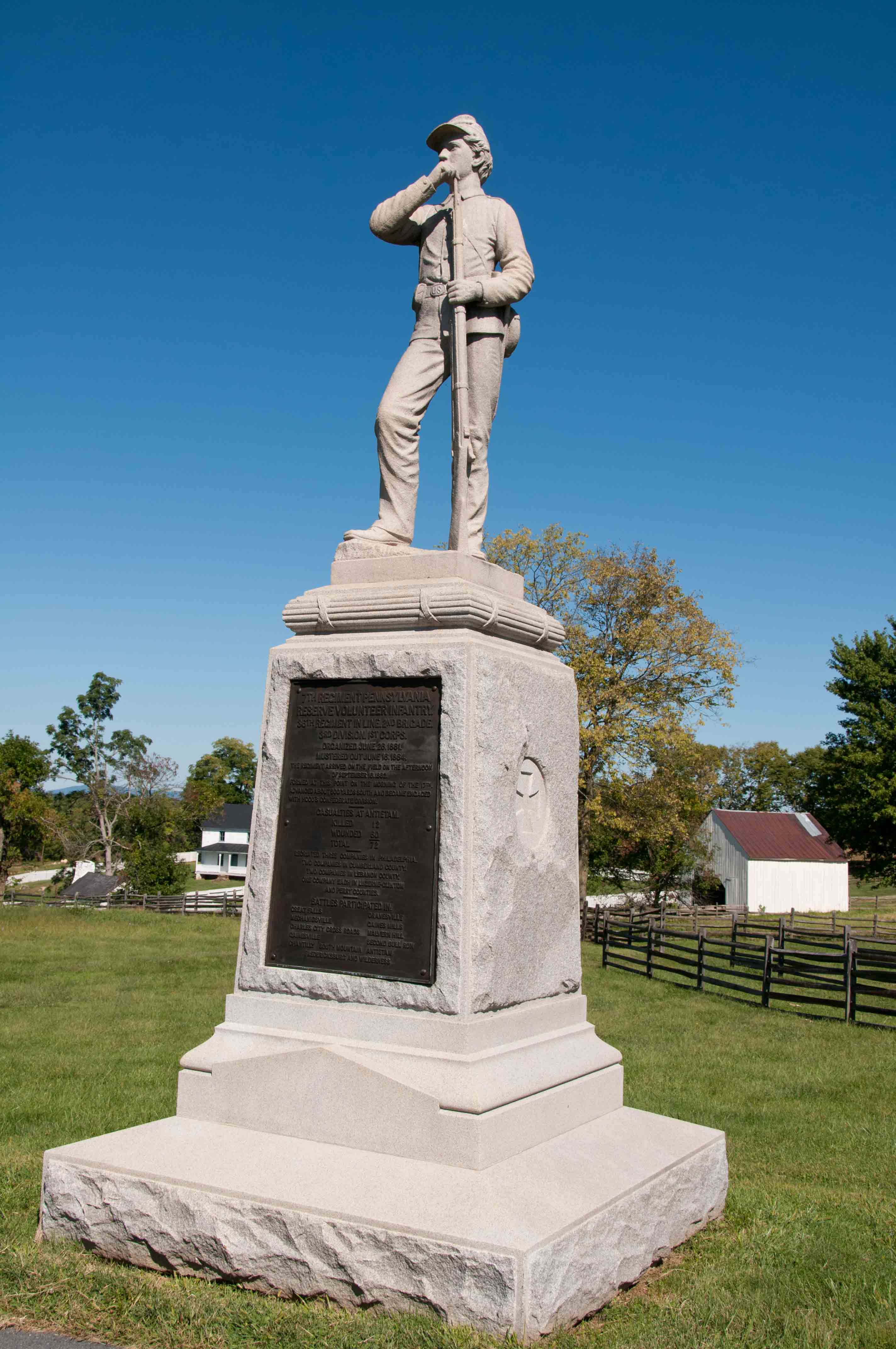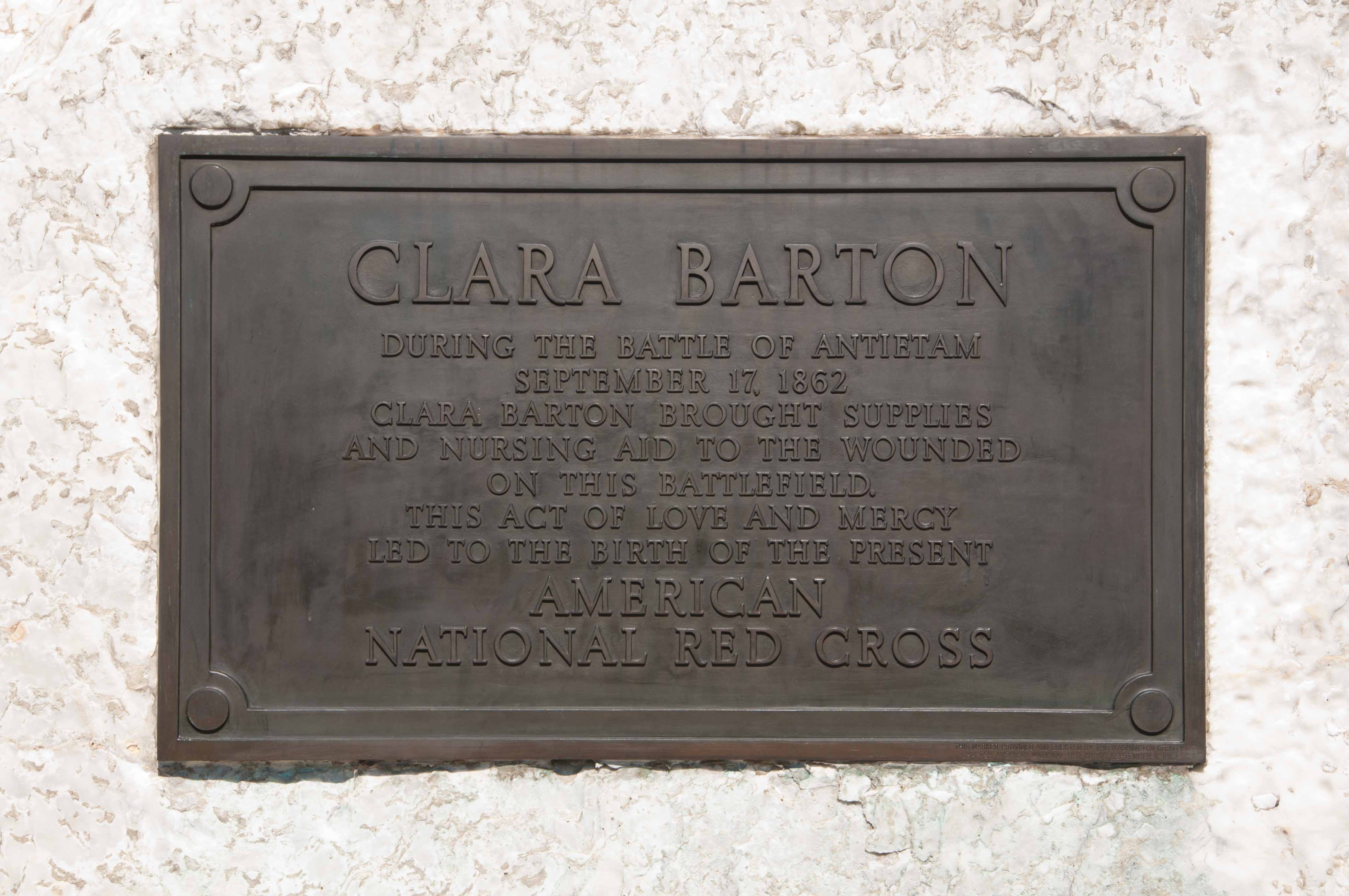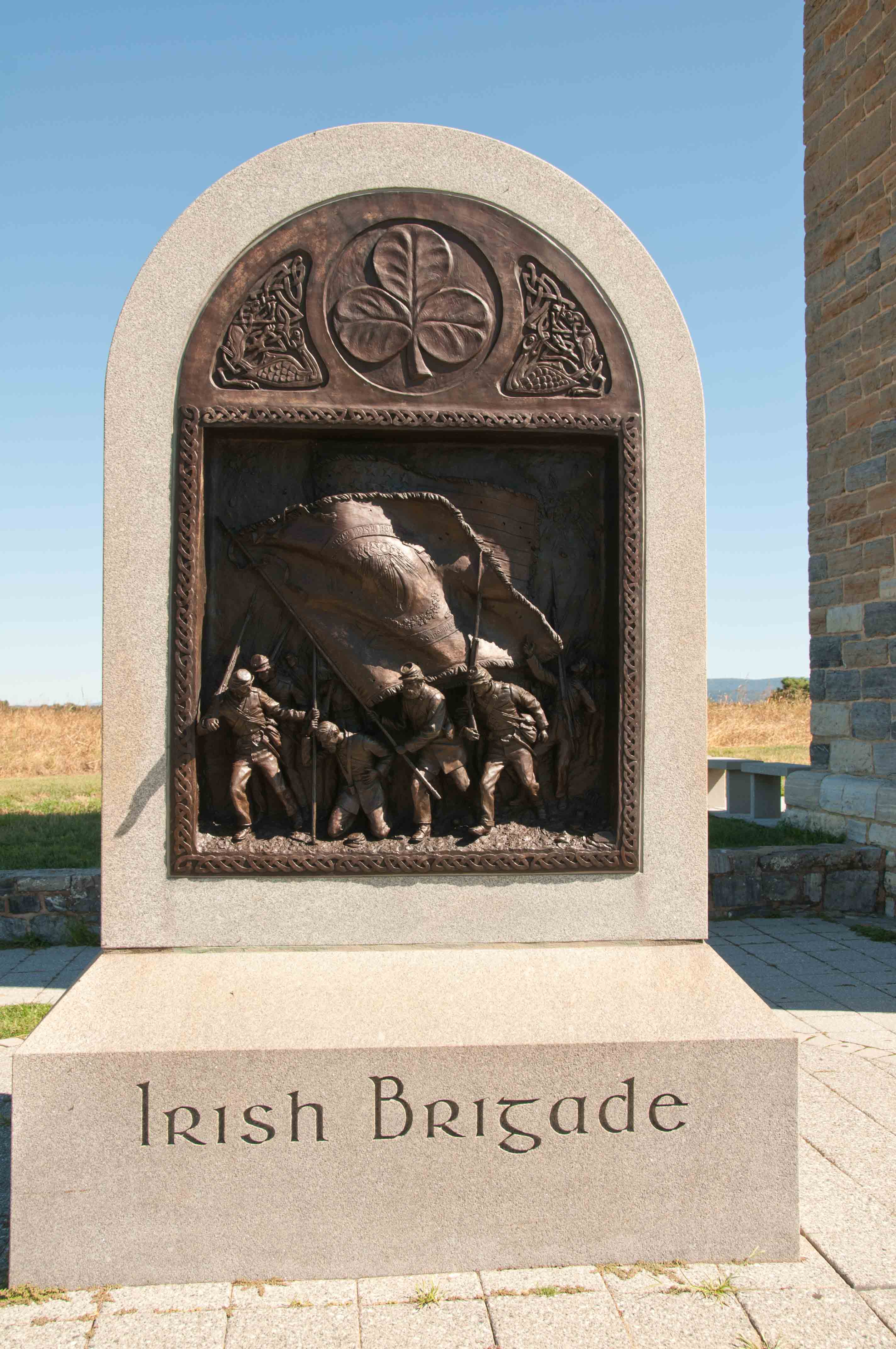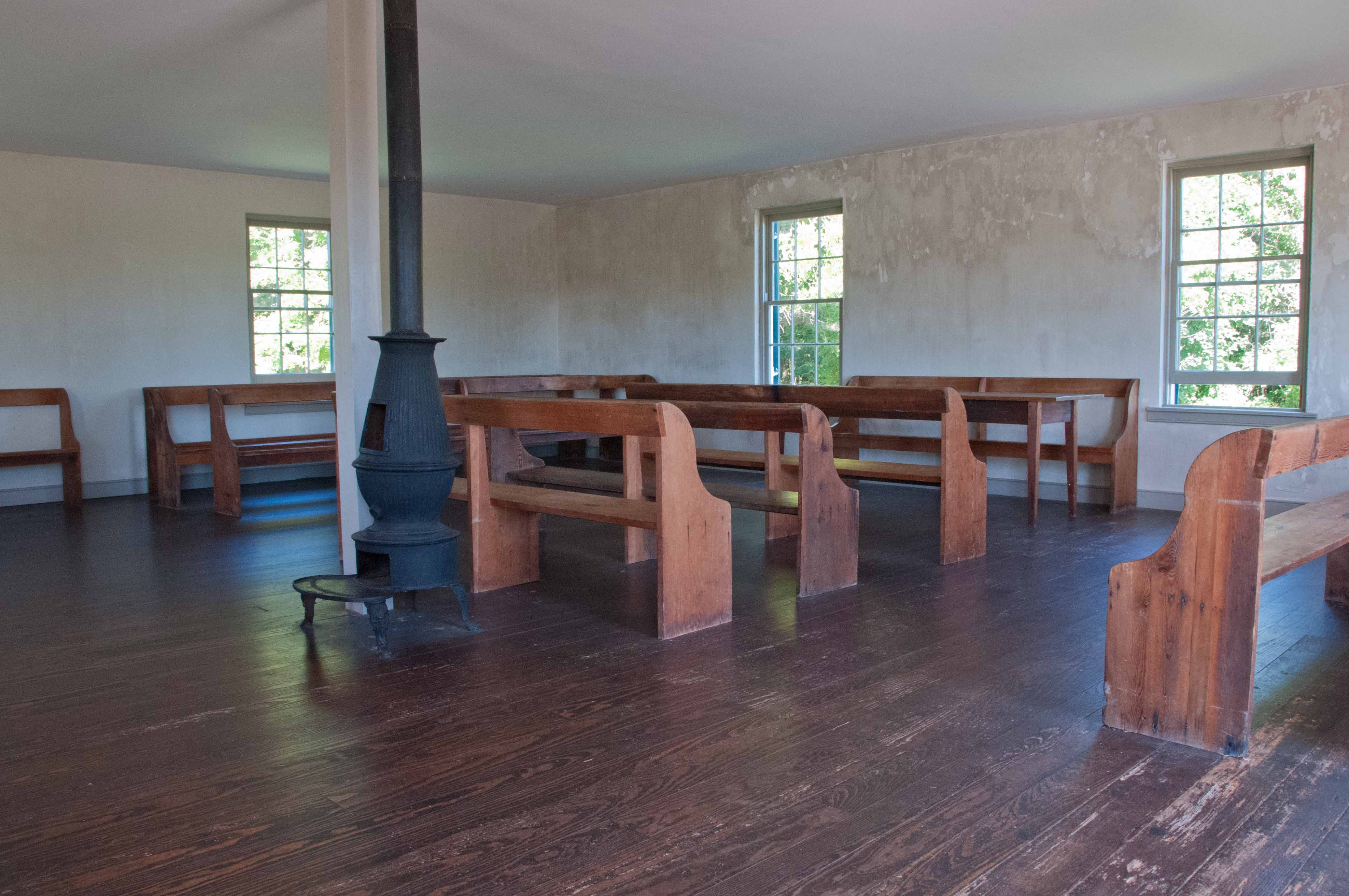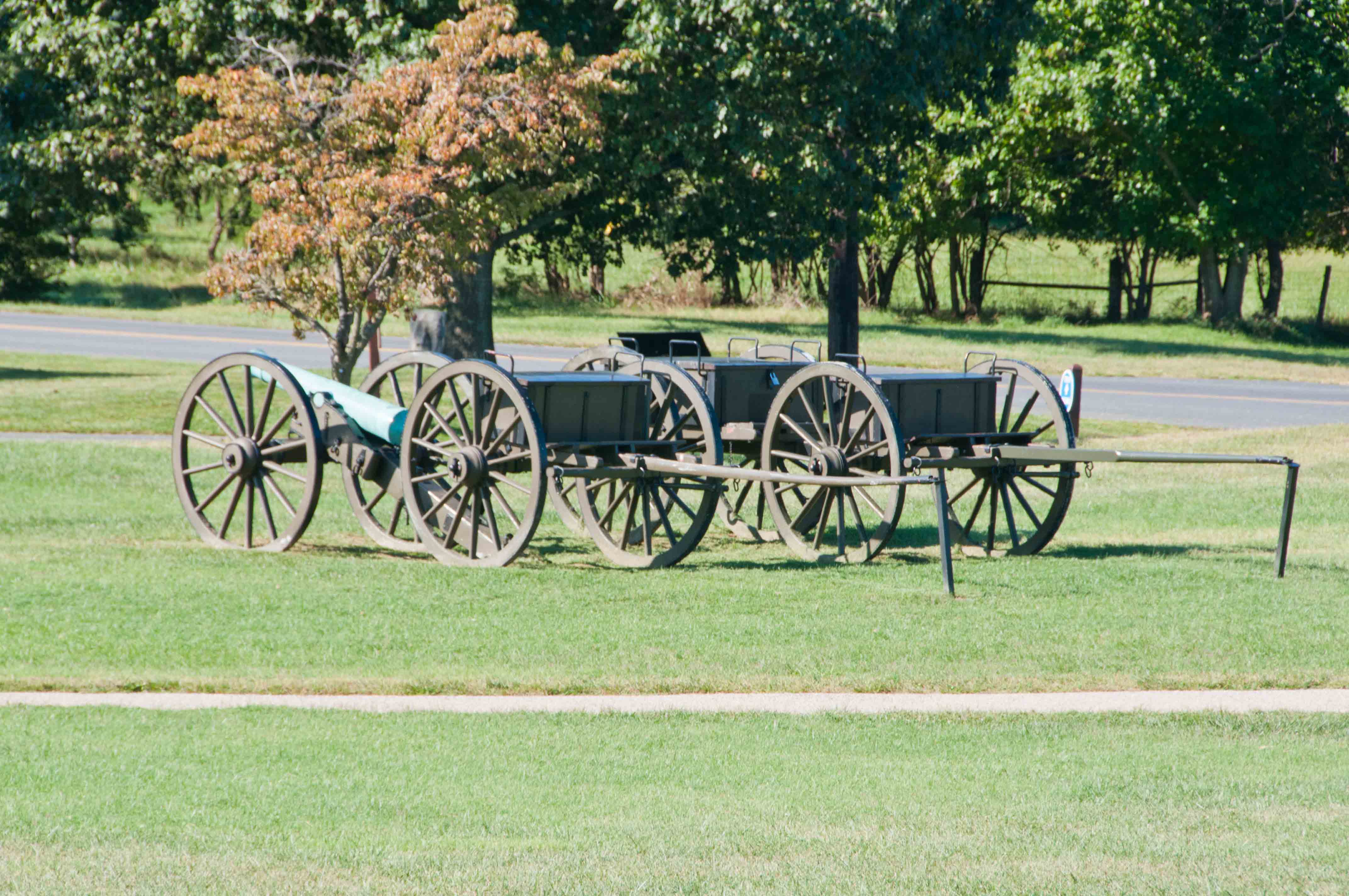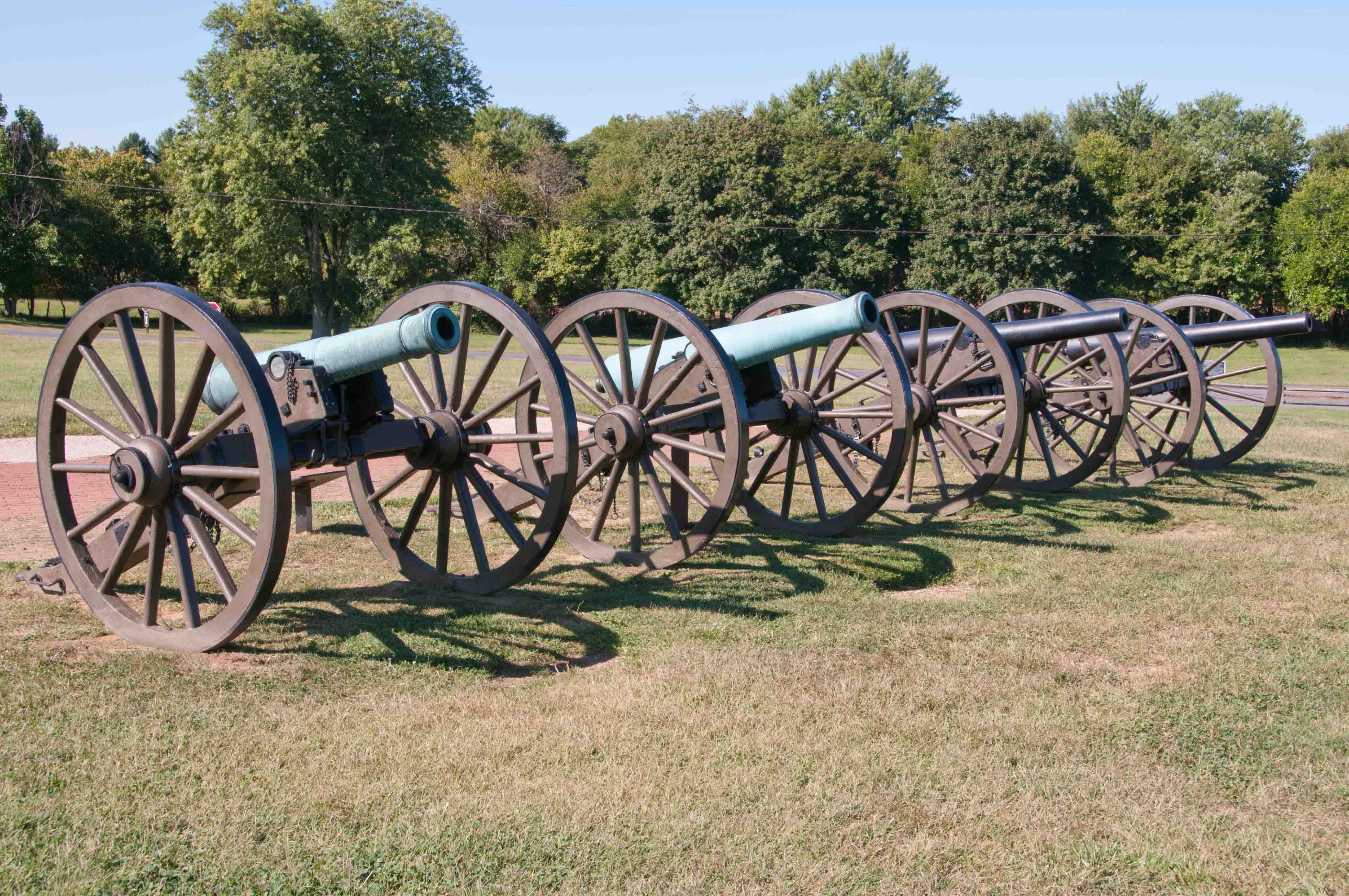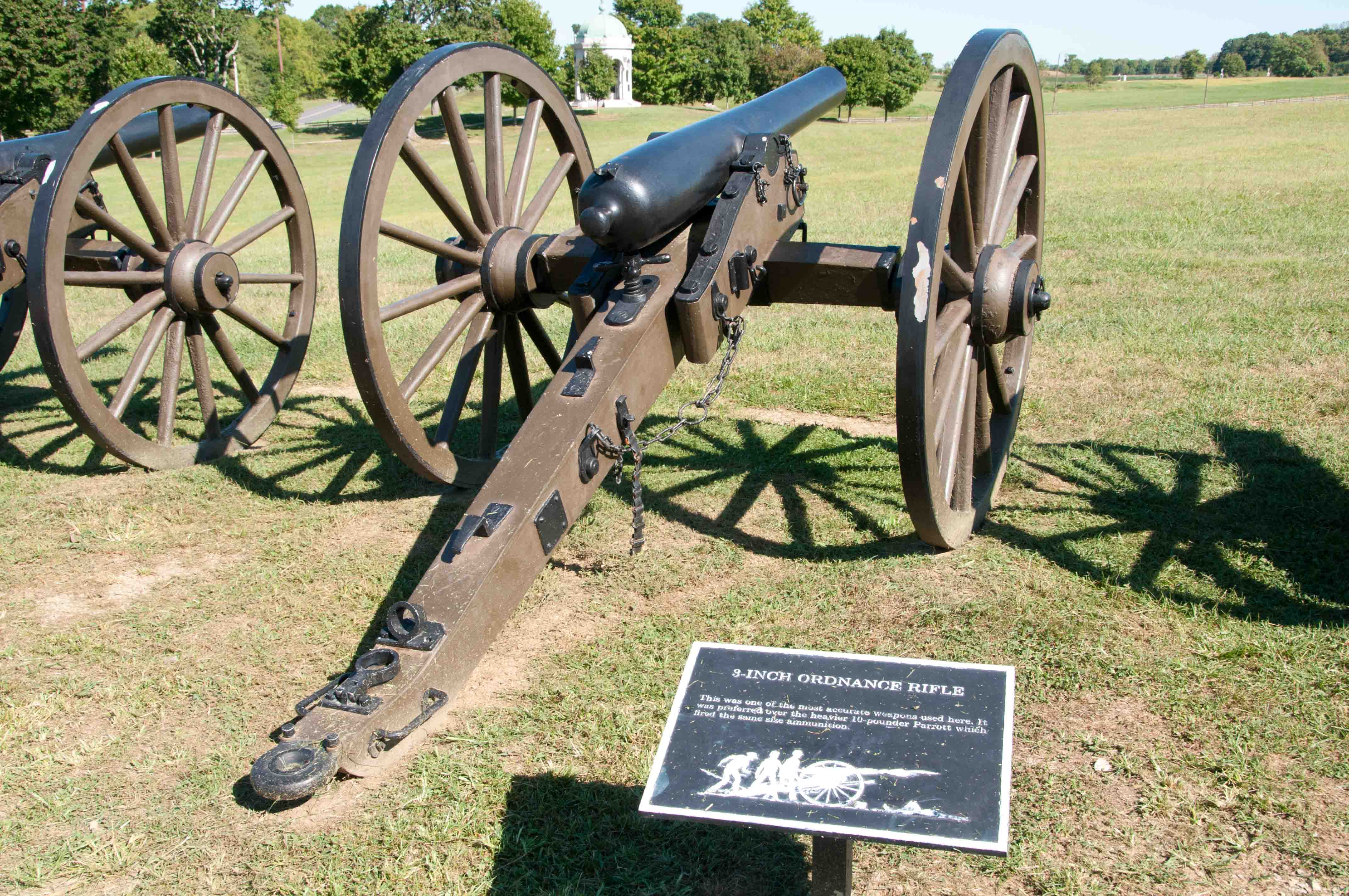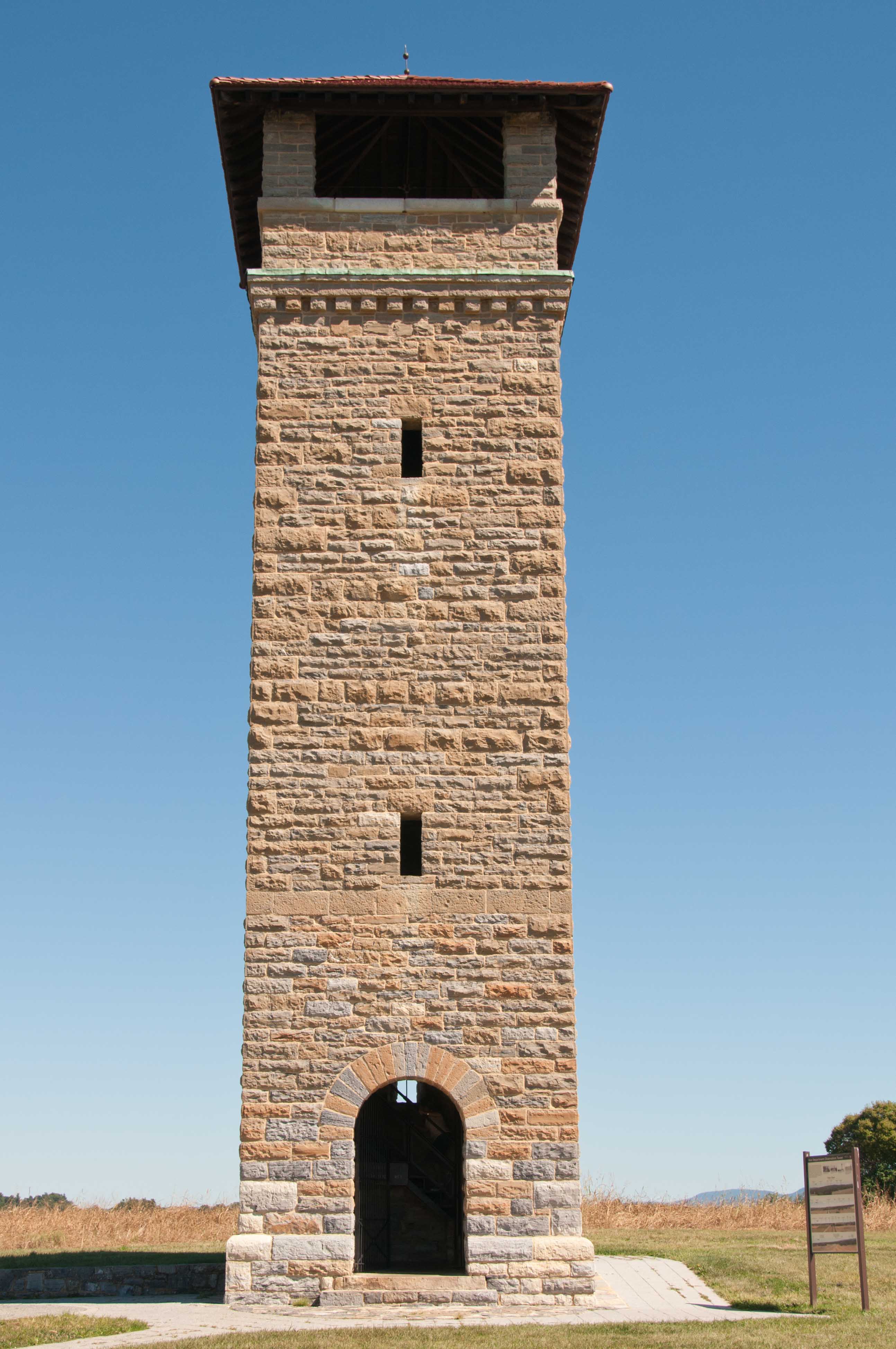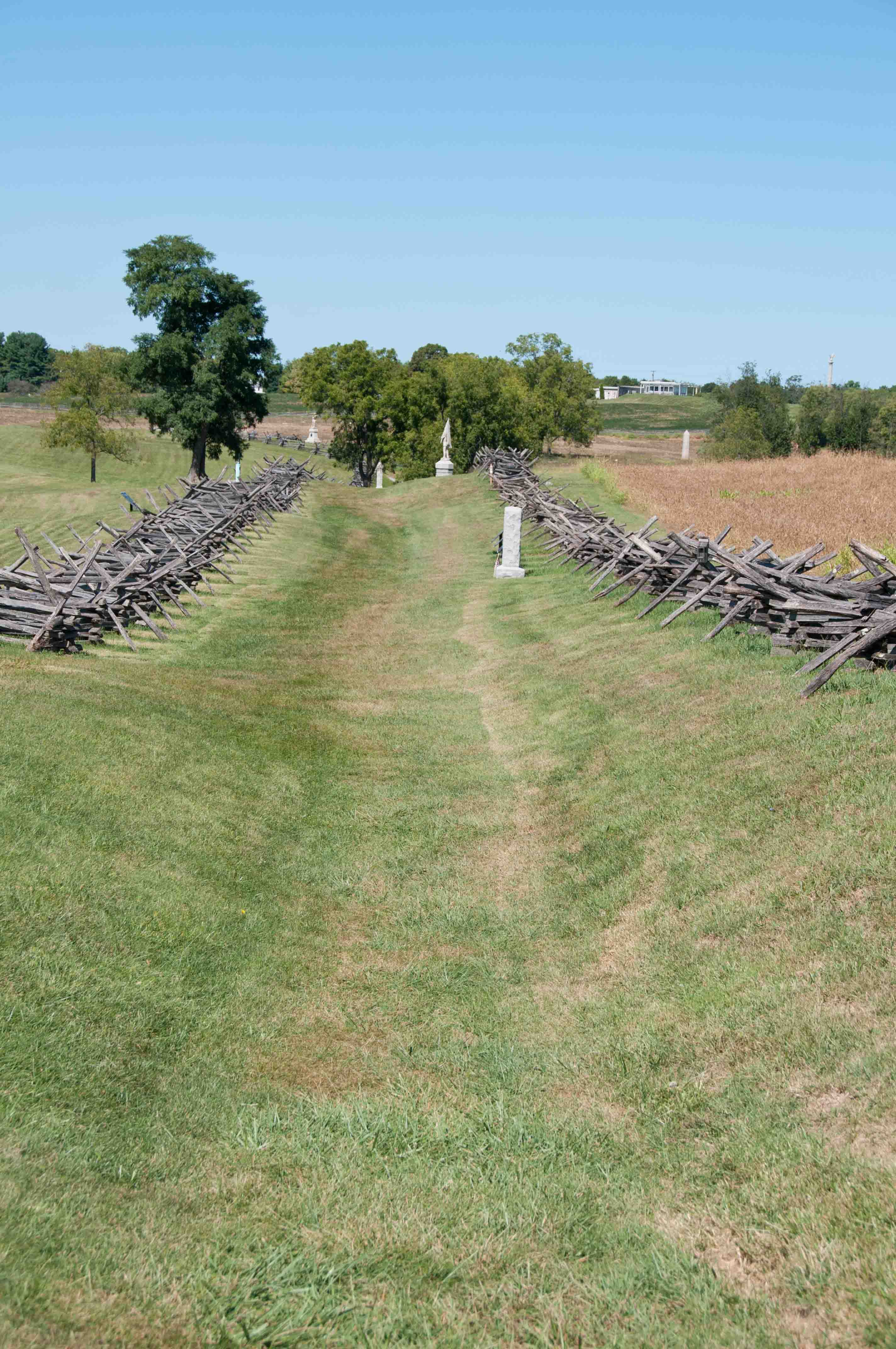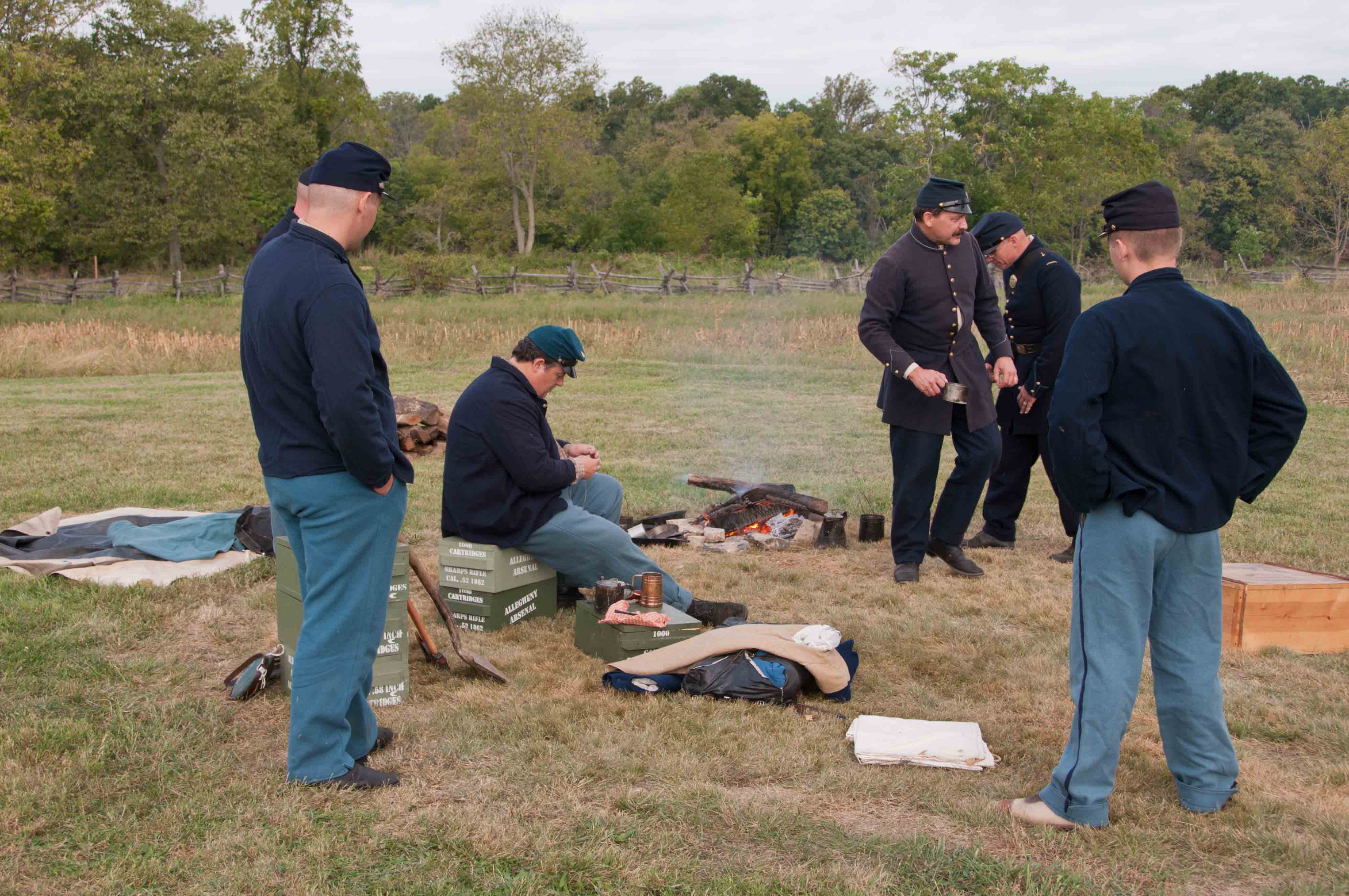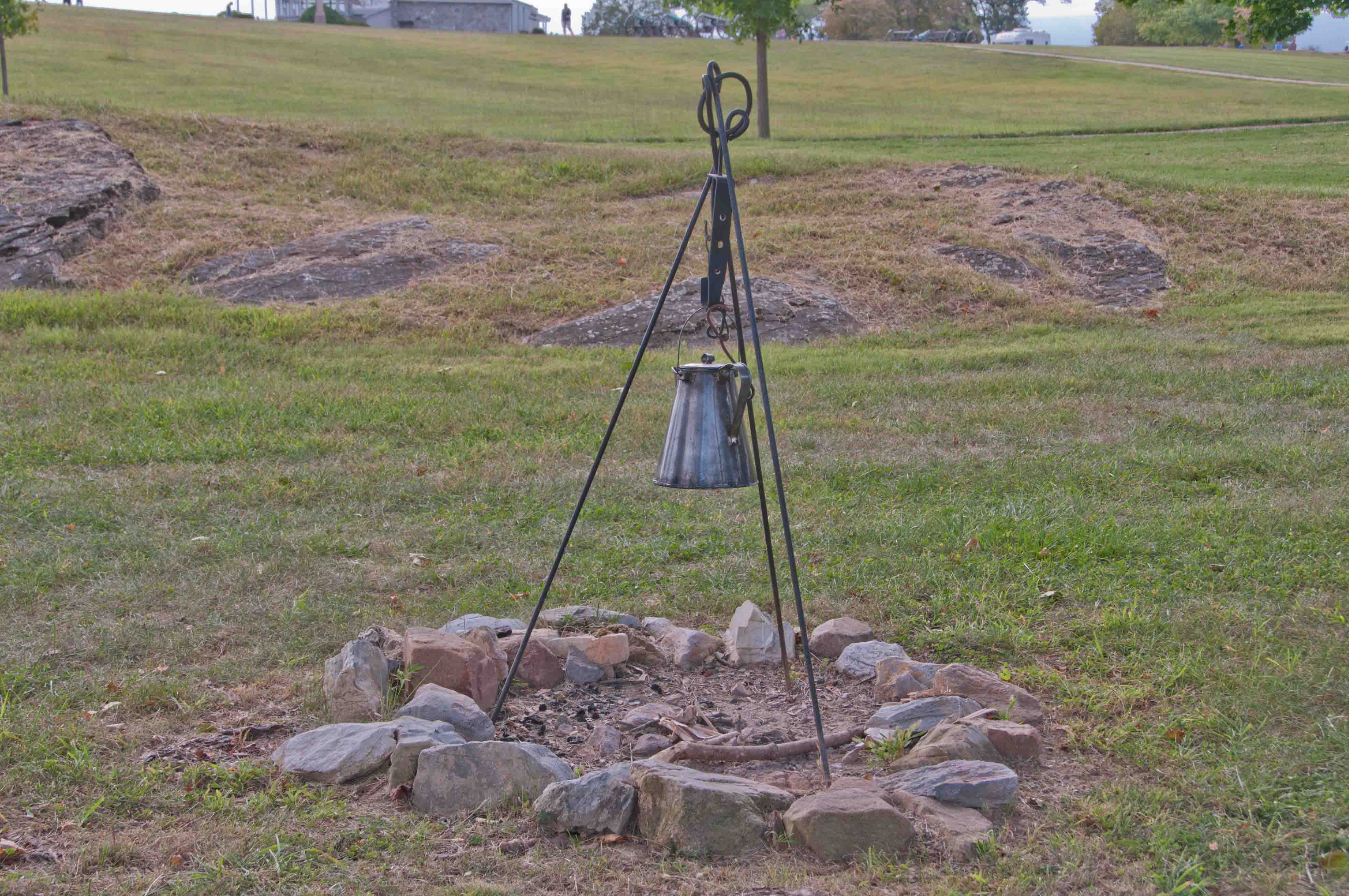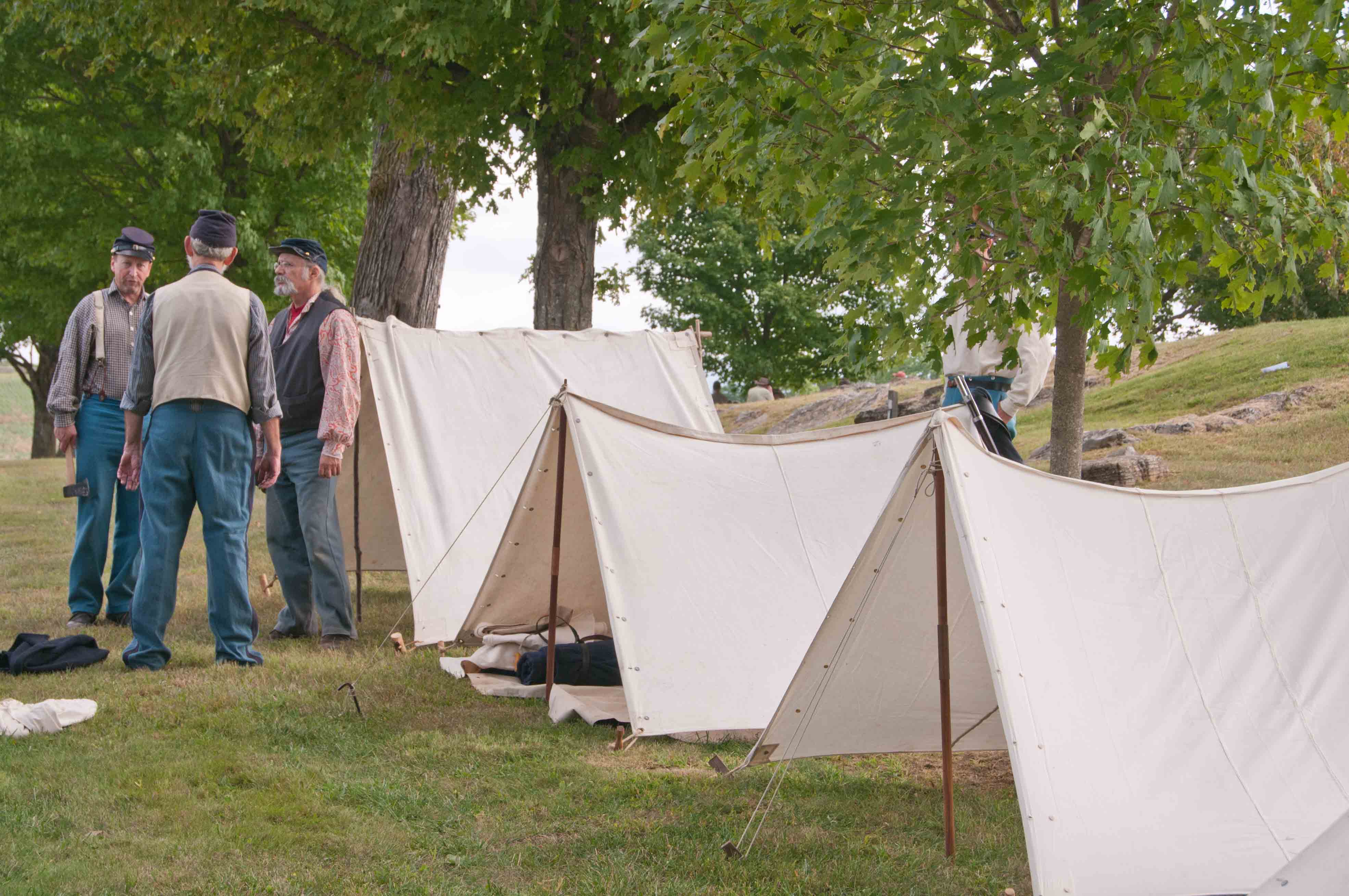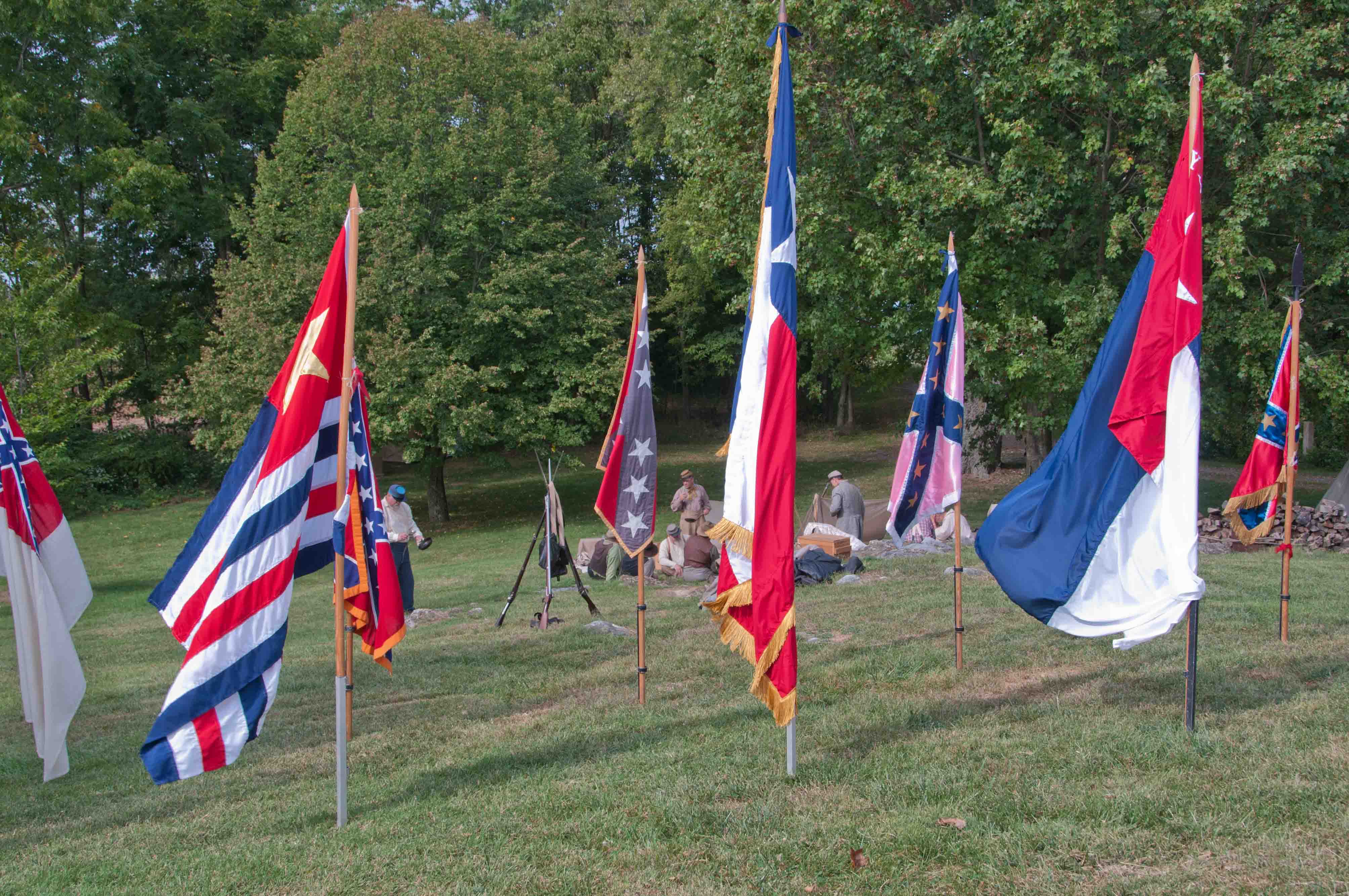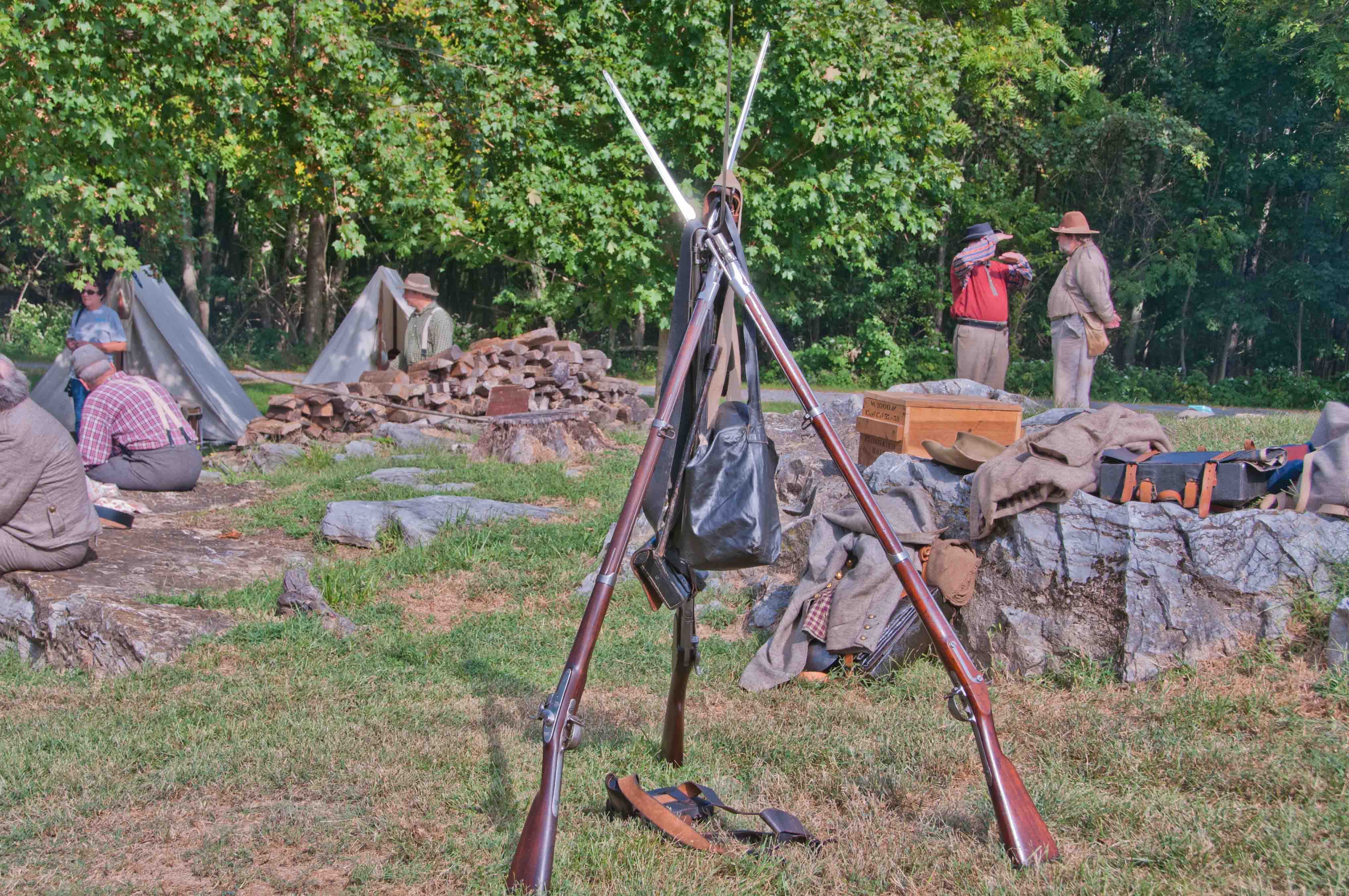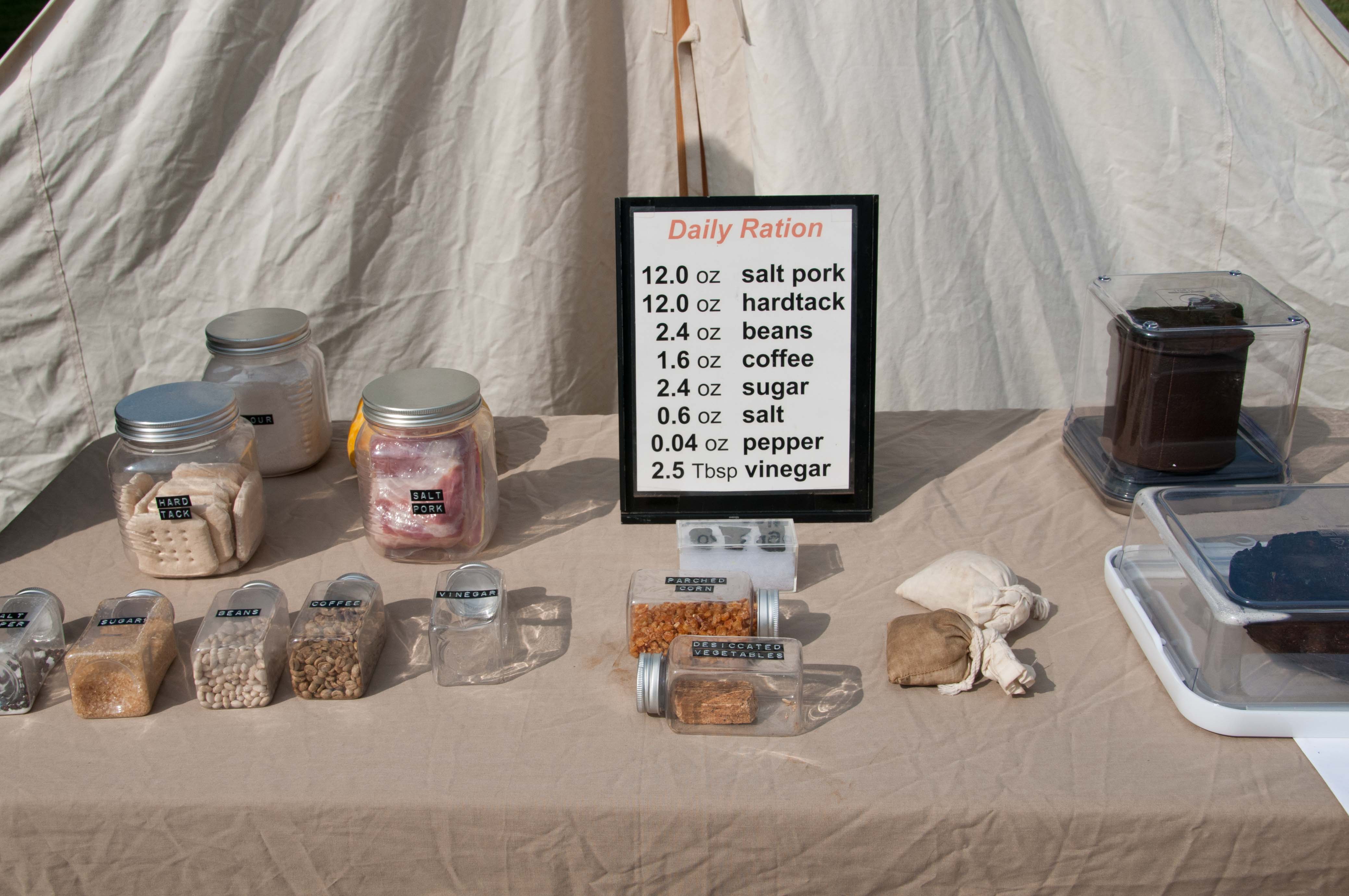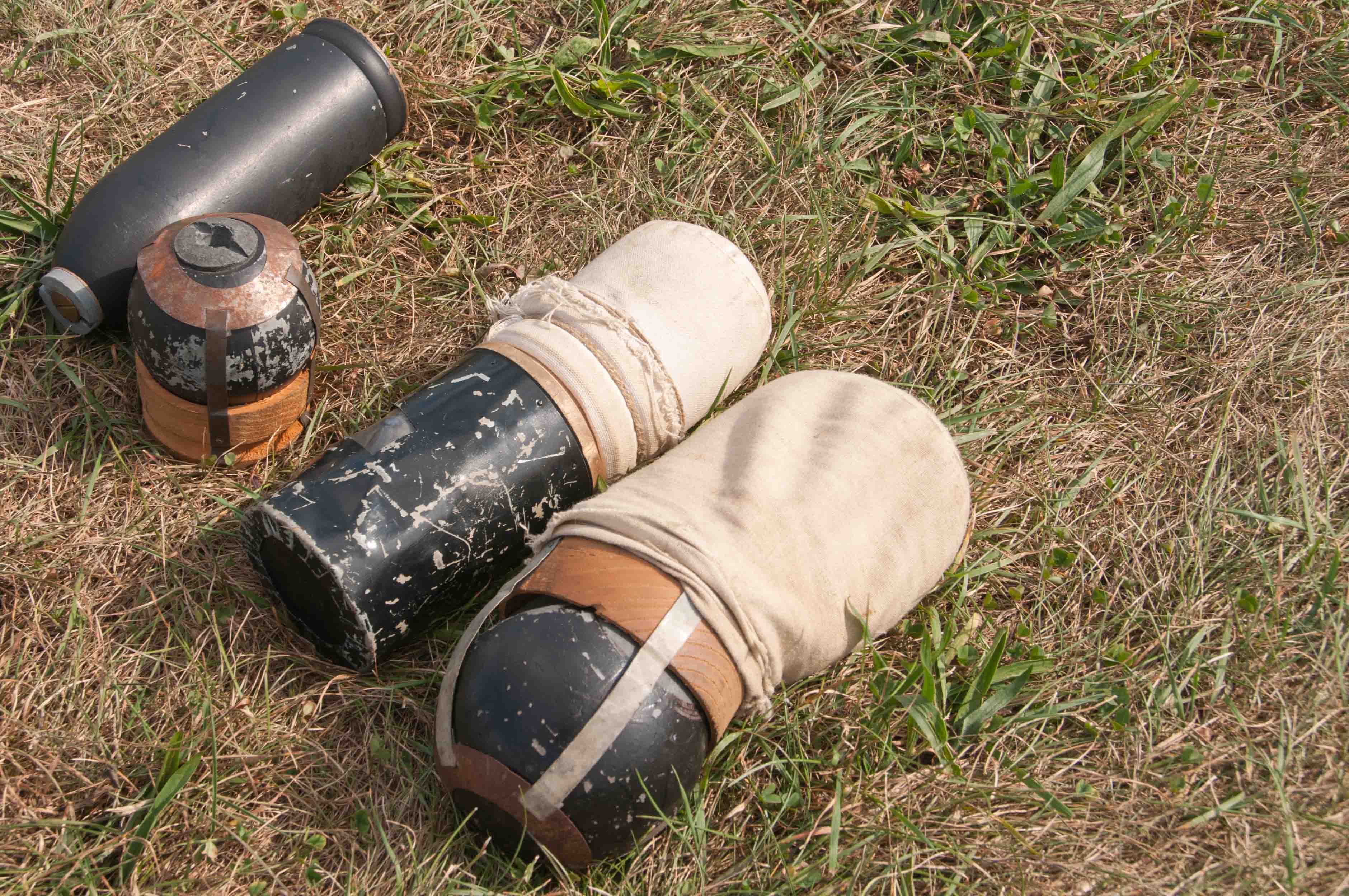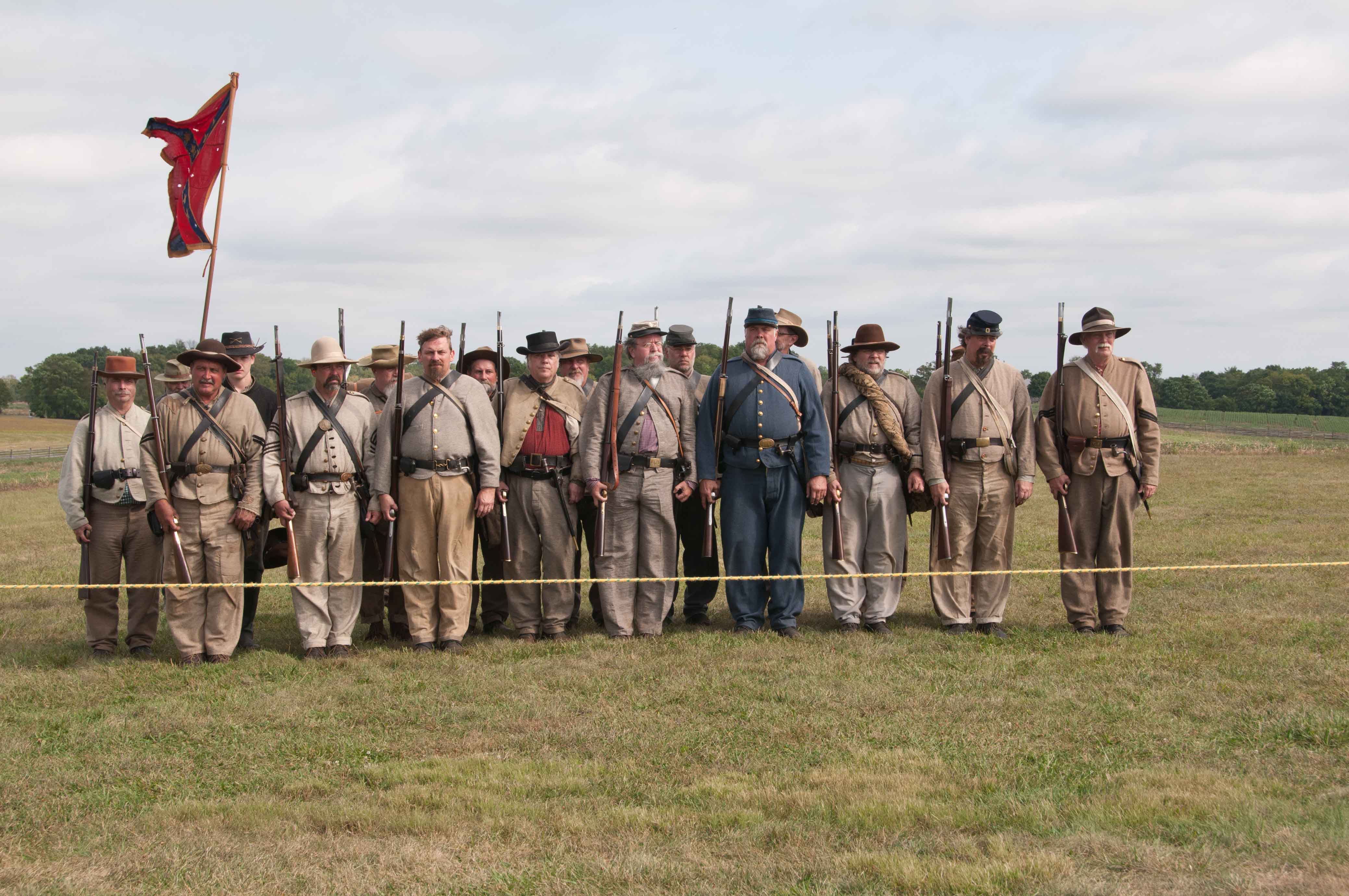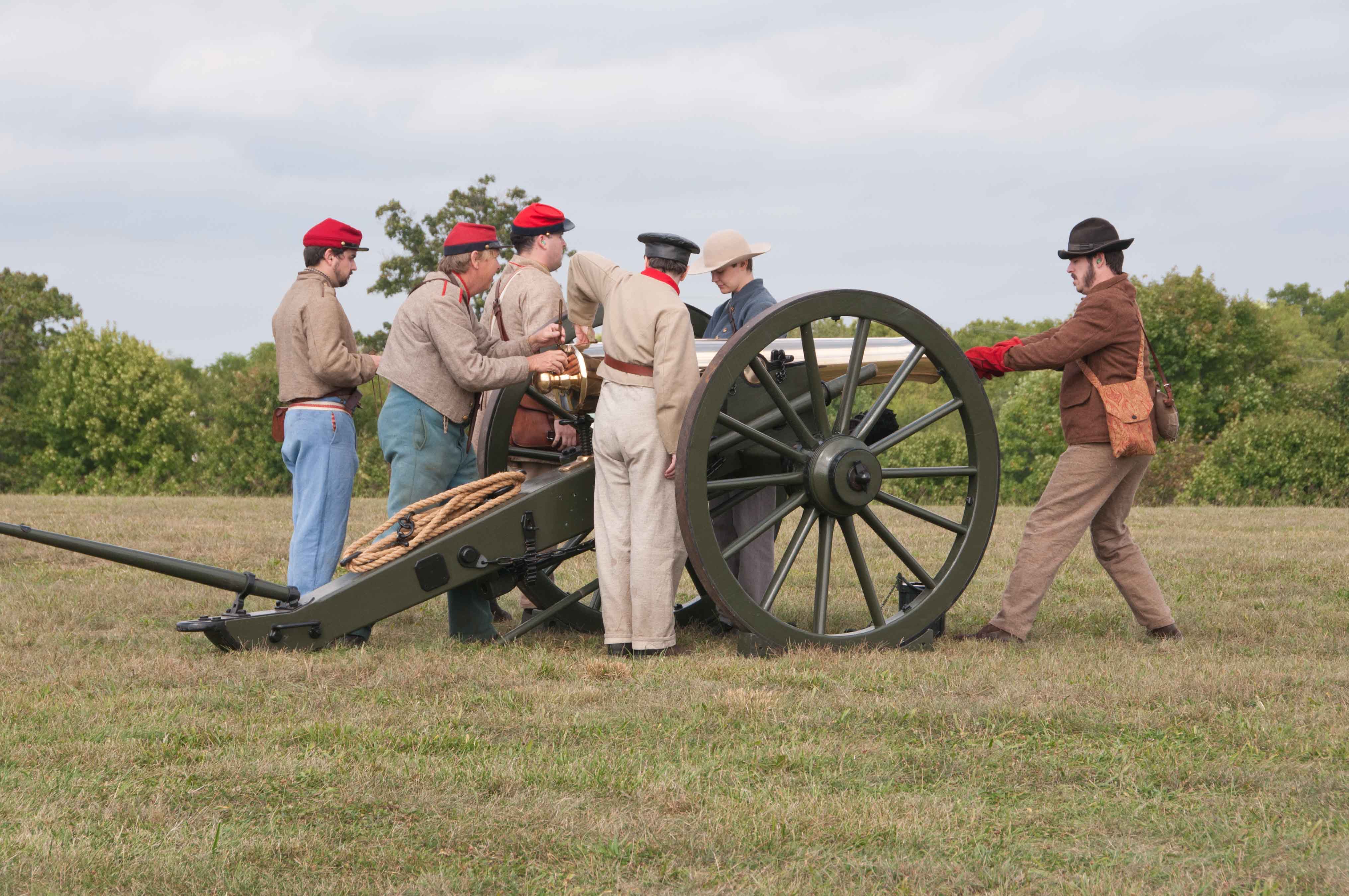Antietam National Battlefield
The Battle of Antietam was a Civil War battle fought on September 17, 1862. The Army of the Potomac, under the command of General George McClellan, engaged Robert E. Lee's Army of Northern Virginia along Antietam Creek near Sharpsburg, MD. Despite superior numbers, the Union Army failed to exploit tactical advantages during the battle and Lee was able to withdraw south of the Potomac River. Although inconclusive, Antietam ended the Confederates' first invasion of the North. It was the bloodiest day in United States history, with over 22,700 dead, wounded, or missing.
There are 96 monuments at Antietam, most of which are located where the troops fought during the battle. Most of the monuments are Union since former Confederate veterans and states were hard pressed to raise money for monuments. There are regimental monuments, state monuments and monuments to individuals.
The Union forces attacked Confederate positions from the north and east during the battle at Antietam. Fighting occured at places like the Dunker Church, Miller's cornfield, Muma farm, and the Sunken Road (also called "Bloody Lane"). The Dunkers were a religious sect located in the Sharpsburg area. The War Department built an observation tower at the east end of Bloody Lane in 1897. Those willing to climb the tower are provided with great views of the battlefield.
Civil War re-enactments are a popular pastime, and especially so at Antietam National Battlefield. Re-enactments are held every year on the anniversary of the battle (September 17th), and I was fortunate enough to photograph one of these events.
Background content obtained from the National Park Service and Wikipedia.
TD Productions Copyright © 2018 Use the form on the Home Page to submit comments, questions, or suggestions.
